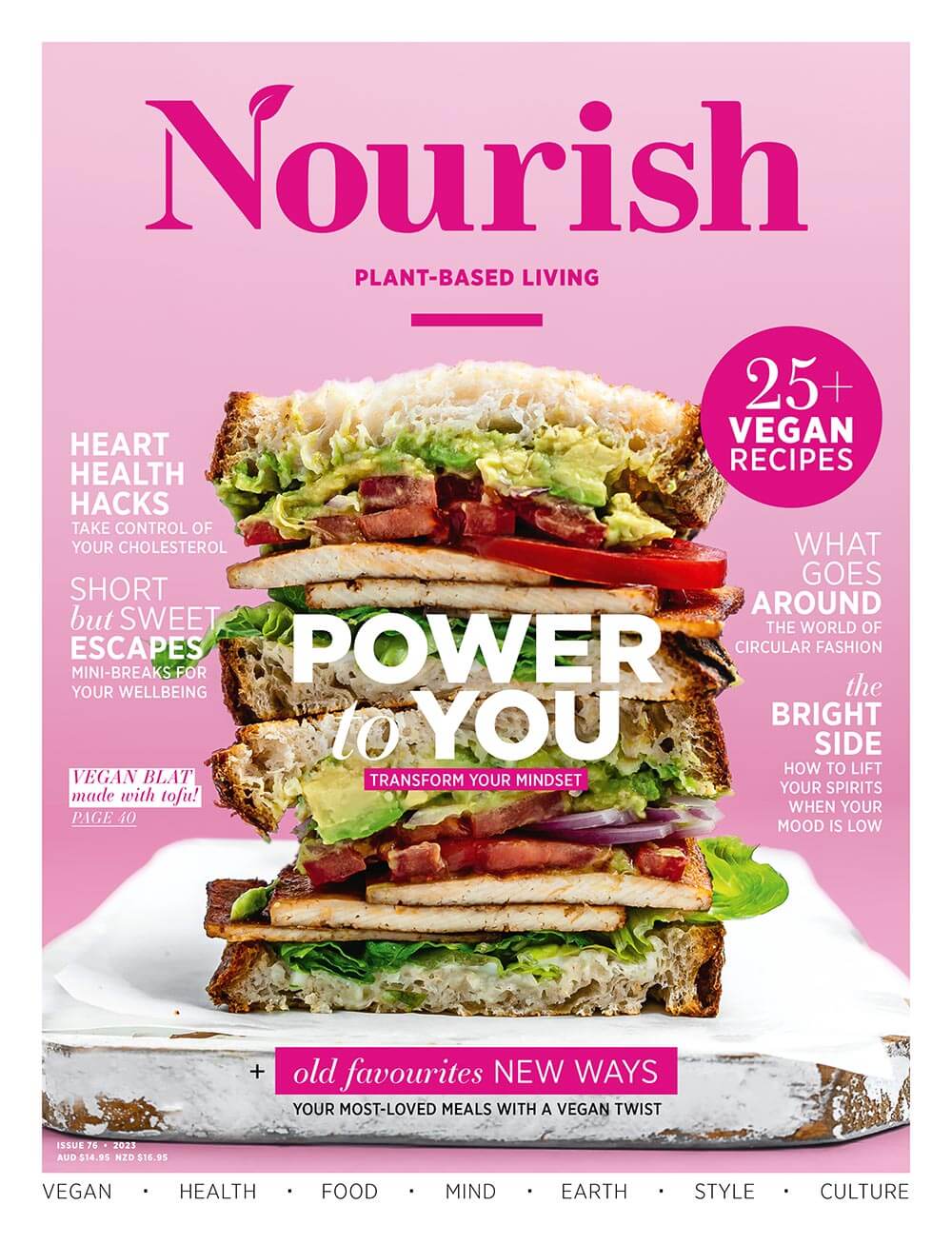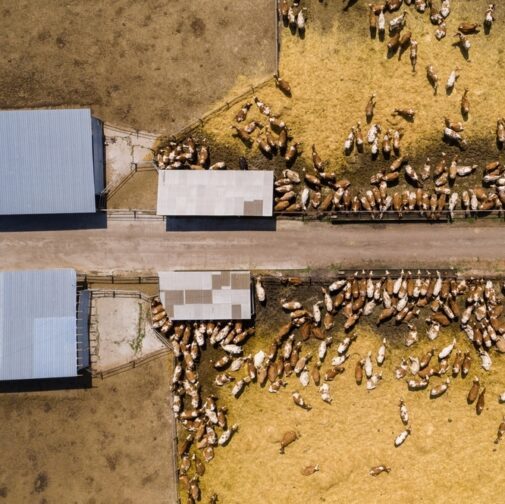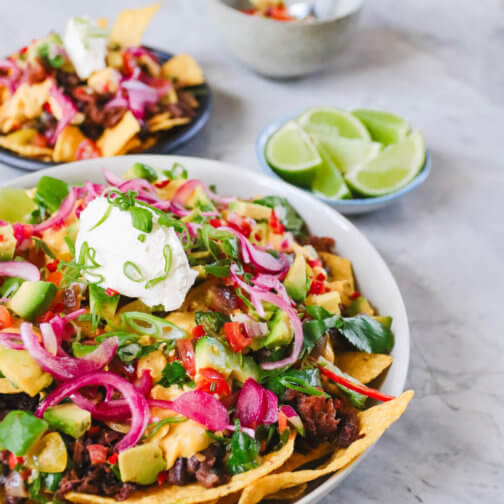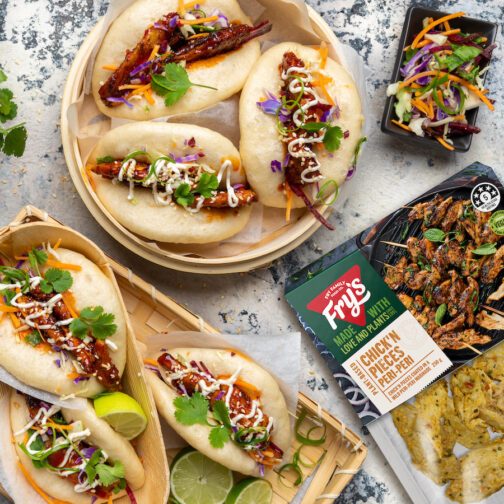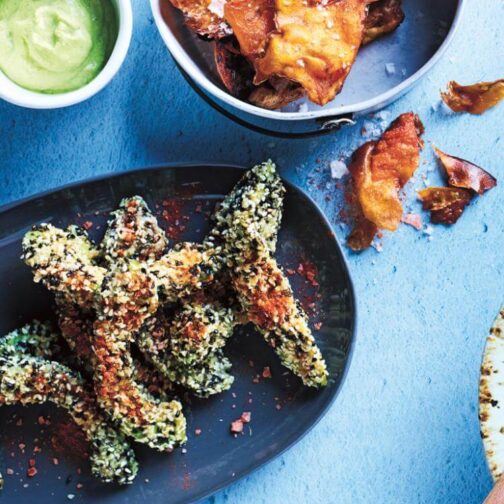
Whether we know it or not, human life depends on a multitude of ecosystems, whether for food and water or for breathable air and a liveable climate. Biodiversity loss is a threat to all life – but it’s one we can do something about.
Biological diversity, or biodiversity, describes the variety of life on Earth, where every species has a unique role to play, in concert with other species. We humans, whether we know it or not, depend on an array of ecosystem functions provided by a myriad of life forms. This web of life involves all plant and animal species, from the microscopic soil organisms to the largest of whales.
Functioning ecosystems provide many ‘services’ to humankind, including some rather essential ones, like the oxygen we breathe, the food we eat, and the fresh water we drink. But there are many other services too: moderating the climate; powering water cycles; buffering natural disasters; breaking down toxins; nutrient cycling; and providing materials, fuel, medicines, as well as aesthetic, spiritual, and cultural services.
WE ARE IN THE SIXTH MASS EXTINCTION
Sadly, wildlife is disappearing just as fast today as during past mass extinctions. The worst of these mass extinctions, the Permian geological period, saw more than 90 percent of land and sea life disappear.
We are well on the way to equalling this devastation today. Populations of wild mammals are now down to less than a fifth of their previous numbers, while half of all native plants are gone. Humans and farmed animals now make up 96 percent of all mammals on Earth by weight. We have truly squeezed out the wildlife.
Experts cannot contain themselves any longer. Biologists who are witnessing ecosystem collapse and plunging biodiversity are switching gears – their normally reserved language is becoming almost alarmist. In 2021, Bergstrom et al did not hold back: “This is a dire wake-up call – not just a warning. Put bluntly, current changes … and their potential outcomes pose an existential threat to our survival.”
Where do we pin the blame for this existential threat, this sixth mass extinction? We know the answer, exactly. Biodiversity loss is caused by habitat loss. But what causes habitat loss?
HUMANS CAUSE HABITAT LOSS
It turns out that humanity has been converting native habitat for 10,000 years, cutting down and burning forests as though they were a limitless resource. Deep in human history, the Sahara and the Middle East were forests, woodlands, and savannah. In our quest for agricultural land, we slashed and burned our way through these early landscapes, destroying natural ecosystems and eventually creating the deserts they are today.
Scotland is a prime example of this destruction. Scotland’s early name was Caledonia, meaning forest. But in the drive to create grazing pastures for sheep and cattle, forests were the first to go. Sheep in particular are extremely efficient at keeping forests at bay, eating every new shoot as it appears. What we are left with now is the hauntingly beautiful Scottish Highlands, but in reality this is a landscape stripped of life. And Scotland is not alone – landscapes denuded of trees can be found on all inhabited continents. Forests are home to most land species, so preserving forests is critical to preserving species.
FOOD IS THE PROBLEM AND THE SOLUTION
We know that, of the land used by humanity, more than two-thirds is for food, so it comes as no surprise that food is at once the problem and the solution. Converting natural ecosystems to croplands and pastures is the largest factor causing species to be threatened with extinction. Devastating biodiversity loss is also occurring in the oceans, driven by rampant overfishing. Again, food is the culprit.
Tropical forests are the latest battleground. Brazil is the standout leader in deforestation, followed by Indonesia, but Australia is also on the WWF list of deforestation hotspots. According to Hosonuma et al, we now know that 84 percent of deforestation is for agriculture, most of which has historically been for grazing. One example is South America, the leading deforestation continent. Sy et al found that 86 percent of forest destruction has occurred for the purpose of creating pastures (71 percent) and feed crops (14 percent), which lays the blame for ecosystem destruction squarely with animal agriculture.
Mass media and the public are slowly waking up to the impact of animal agriculture. Some experts are quite direct in targeting livestock as the main reason for this sixth mass extinction. Machinova et al stated, “The consumption of animal-sourced food products by humans is one of the most powerful negative forces affecting the conservation of terrestrial ecosystems and biological diversity. Livestock production is the single largest driver of habitat loss.”
In the words of UN Secretary General, Antonio Guterres, “Humanity is waging war on nature. This is suicidal.” We may believe that we have the right to take from nature with impunity, but now we are discovering that there are limits, that our callous disregard for nature may be our own downfall.
WITH OUR HELP, NATURE CAN HEAL
The recent documentary Eating Our Way To Extinction, narrated by Kate Winslet, is a poignant reminder of our current predicament and offers an equally profound solution. For those who love David Attenborough, the documentary A Life On Our Planet shows that if we leave it alone, nature has an almost miraculous ability to self-heal.
So where do we find the land to simply ‘leave alone’ or rewild? Built up areas, industry, transport, and mining, when taken together, add up to just one percent of land. By contrast, if humanity were to choose a plant-based diet, this would free up approximately 40 percent of the Earth’s land. Returning this land to Nature would easily reverse the sixth mass extinction. And of course, if we relieved the oceans from the onslaught of fishing, aquatic ecosystems would also rebound.
We can take some comfort that food is at once the culprit and the solution. This is empowering for us all. A single person may have little power to, let’s say, stop burning fossil fuels. But individually, most of have power over what we choose to eat.
Choosing what we put in our shopping trolleys is much more than simply feeding the family. It is a declaration that we wish our children and future generations to enjoy a world just as abundant with nature as we have. This choice is an act of compassion for biodiversity – the truly amazing array of plants and animals on Earth that need each other to survive, and of which we are part.
